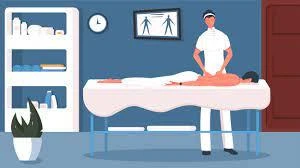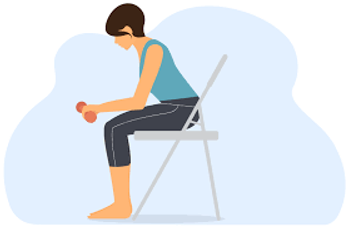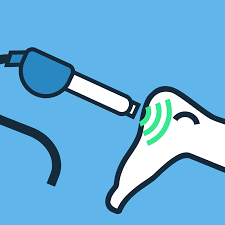What are the Stages of Physical Therapy?
Physical therapy typically involves a series of stages that are designed to address the specific needs and goals of the individual receiving treatment. The stages may vary based on the nature and severity of the injury or condition being treated. Here are the general stages of physical therapy:

1. Assessment and Evaluation:
- The first stage involves a thorough assessment and evaluation of the patient’s condition. The physical therapist gathers information about the patient’s medical history, symptoms, and functional limitations. Physical assessments and tests may be conducted to identify the underlying issues.
2. Diagnosis:
- Based on the assessment, the physical therapist makes a diagnosis, identifying the primary problems and developing a treatment plan tailored to the individual’s needs.
3. Goal Setting:
- Collaboratively, the physical therapist and the patient set specific, measurable, achievable, relevant, and time-bound (SMART) goals. These goals may include improving range of motion, reducing pain, increasing strength, and enhancing overall function.
4. Treatment Planning:
- The physical therapist develops a comprehensive treatment plan based on the assessment and goals. The plan may include various interventions such as therapeutic exercises, manual therapy, modalities (e.g., heat, ice), and education.
5. Therapeutic Interventions:
- This stage involves the active implementation of the treatment plan. Patients work with the physical therapist on exercises and activities aimed at improving strength, flexibility, balance, and functional abilities. Manual therapy techniques may also be employed to address specific issues.
6. Monitoring and Adjustments:
- Throughout the course of physical therapy, the therapist continually monitors the patient’s progress. Adjustments to the treatment plan may be made based on the individual’s response and changes in their condition.
7. Patient Education:
- Education is a crucial component of physical therapy. Patients learn about their condition, biomechanics, body mechanics, and strategies for preventing future injuries. They may also receive guidance on exercises to do at home.
8. Home Exercise Program:
- Patients are often given a home exercise program to reinforce the progress made during in-office sessions. Consistent adherence to these exercises is important for achieving optimal outcomes.
9. Functional Training:
- As the patient progresses, the focus may shift toward functional training, which involves activities that mimic daily tasks and help the individual regain the ability to perform routine activities with improved ease.
10. Prevention and Maintenance:
- In the final stages of physical therapy, emphasis is placed on preventing future injuries and maintaining the gains achieved during treatment. Patients may be provided with ongoing exercises and strategies to support long-term health and well-being.
It’s important to note that the duration of each stage can vary, and not all patients will progress through the stages in the same way. Physical therapy is a dynamic process, and the treatment plan is often adjusted based on the individual’s response to interventions and changing needs. The ultimate goal is to help individuals achieve the highest level of function and independence possible.














































